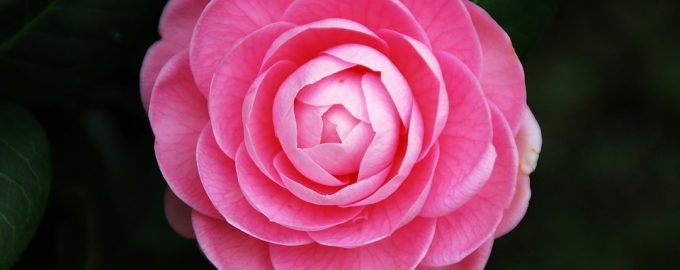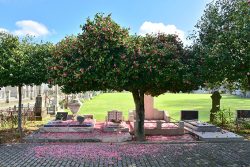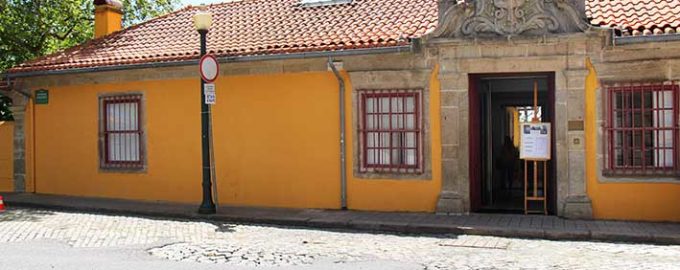It is one of the lesser-known museums in Porto, but the stories it tells begin millions of years ago. Until March objects that have never been exposed will be shown.
Although situated off the usual tourist circuit, this museum exhibits and displays pieces that will arouse the interest of visitors of all ages. Until March 31, and to commemorate the 21 years of this museum, take advantage of the opportunity to visit the exhibition “Global Museum 20 + 1”, with objects that are now being shown for the first time to the public, as are the packaging of the first penicillin taken in Portugal in 1945.
An iron mask, used in the seventeenth century to treat psychological or moral illnesses, or the backpack of medicines used by mountain climber João Garcia when he climbed the Everest are some of the articles you can see in this exhibition.
The Museum of Pharmacy shows objects used in ancient civilizations and different cultures, such as Mesopotamia, Egypt, Greece, Rome, the Incas, the Aztecs, Islam, Africa, Tibet, China or Japan amongst others. A reconstitution of an old Portuguese pharmacy shows the patrimony of the Portuguese pharmacy.
Information:
Rua Engª Ferreira Dias, 728, Porto
Hours: Monday to Friday, from 10 to 18h00 and the last Saturday of each month from 14 to 18h00.
Tickets: Adult € 5.00; Student € 3.50; 65 years and over, € 3.50; 50% for holders of Porto Card
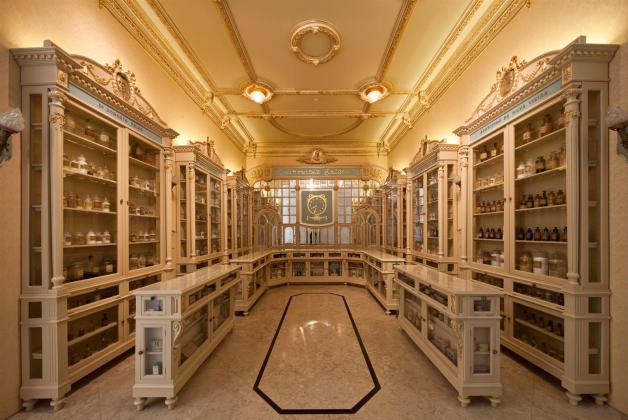
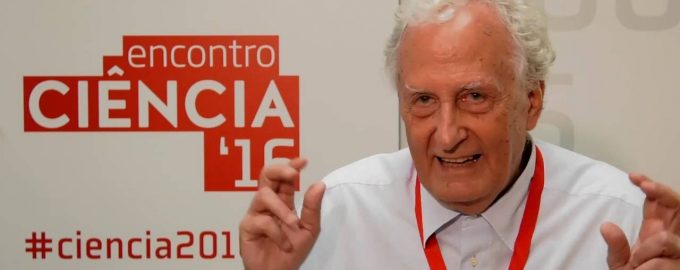
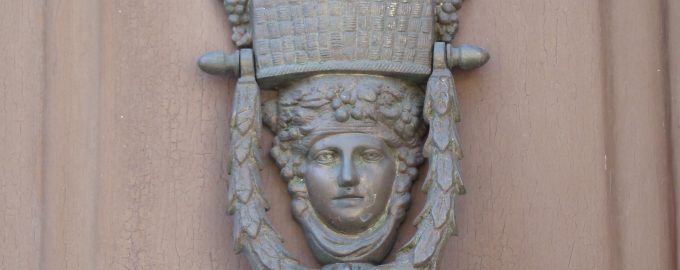
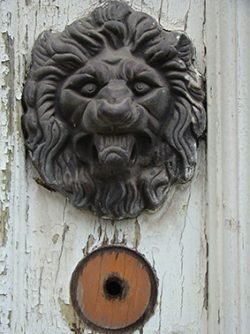 A stroll through the streets of Porto, even for those who know the city, always reveals surprising details. Closely looking at the doors of older buildings might actually reveal an art almost forgotten: the door stops.
A stroll through the streets of Porto, even for those who know the city, always reveals surprising details. Closely looking at the doors of older buildings might actually reveal an art almost forgotten: the door stops.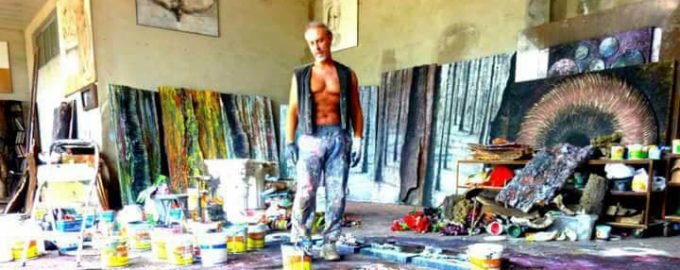
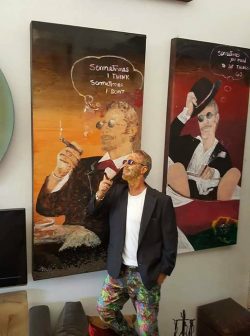
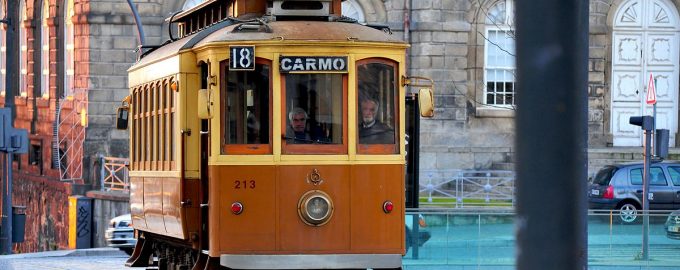
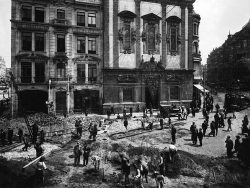 There are currently three lines in operation:
There are currently three lines in operation: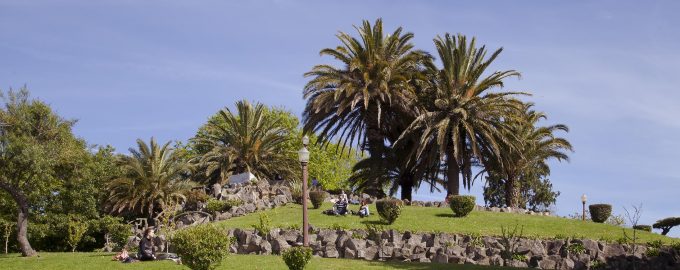

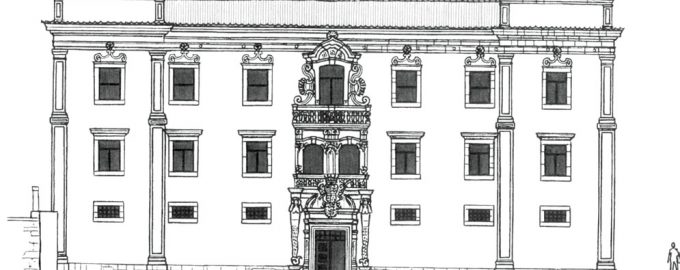
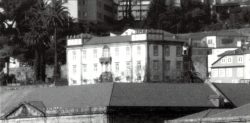
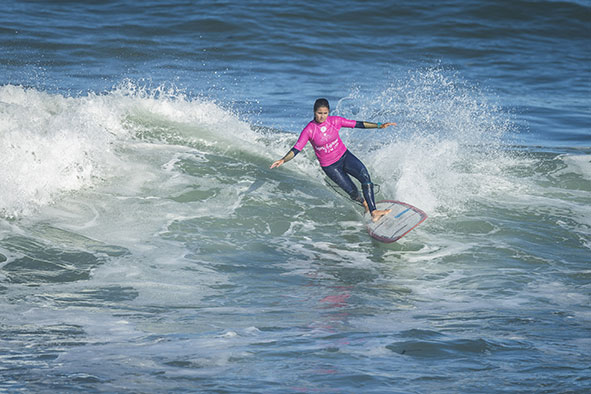
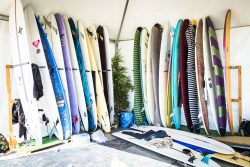 The competitive component is very intense and occupies almost the entire month: on 10th and 11th March, the North Surf Circuit takes place; from March 16th to 18th the attenton will be on the World Longboard Championship – Longboard World Tour by World Surf League. Between the 21st and 25th March the Pro Junior European – WSL-World Surfing League will be taking place.
The competitive component is very intense and occupies almost the entire month: on 10th and 11th March, the North Surf Circuit takes place; from March 16th to 18th the attenton will be on the World Longboard Championship – Longboard World Tour by World Surf League. Between the 21st and 25th March the Pro Junior European – WSL-World Surfing League will be taking place.